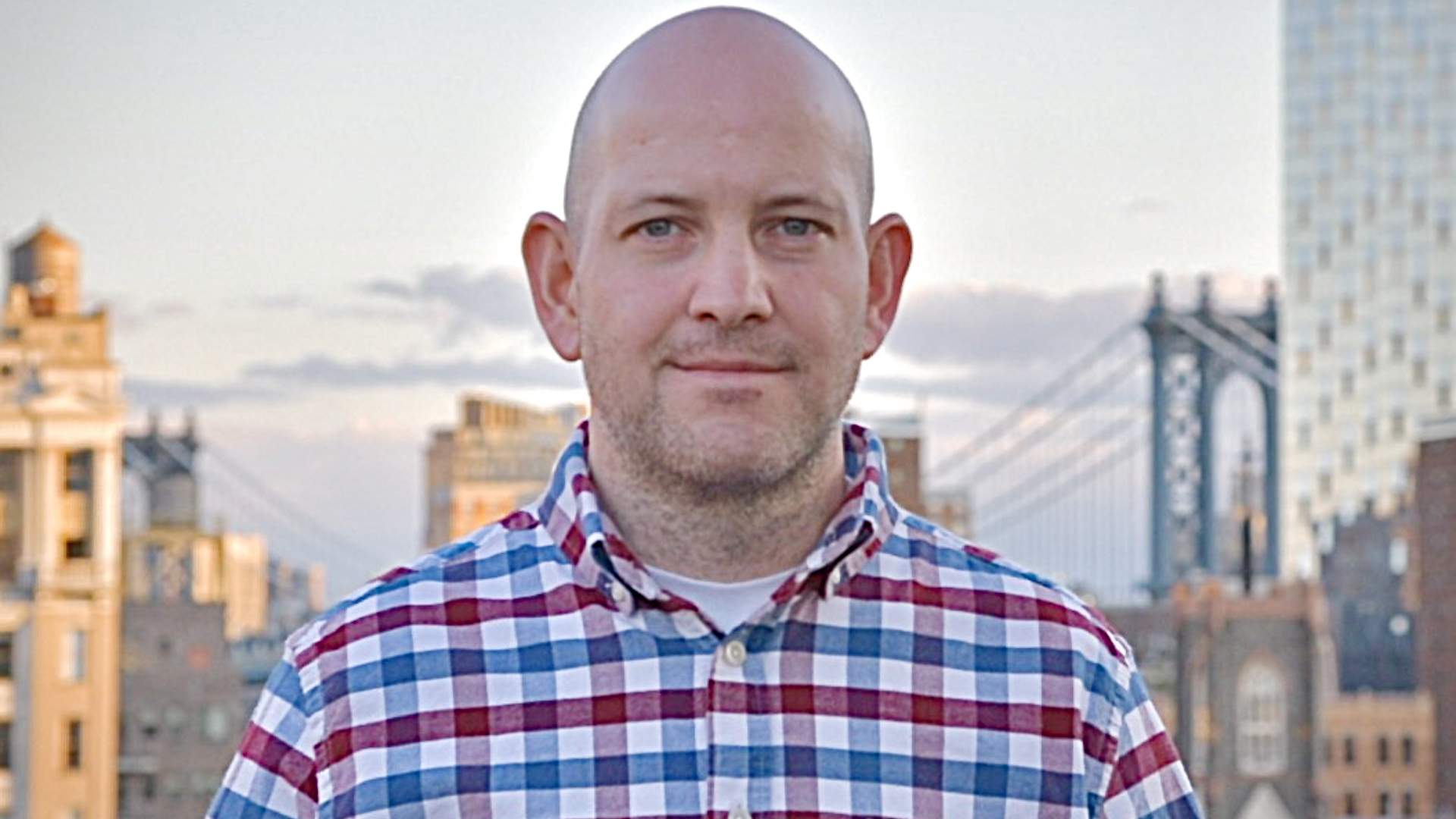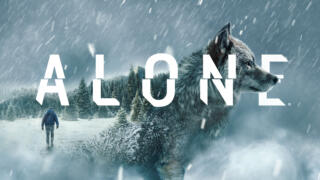Jonathan’s been editing The HISTORY® Channel's popular survival show since the start, transforming thousands of hours of participant-shot footage into compelling seasons showcasing human ingenuity, grit and endurance.
Given that “Alone” participants film themselves for most of their waking hours, are you drowning in footage?
Generally, participants film eight to 10 hours a day, with two to three cameras so they can get multiple angles. But post producers organize everything really well, so we don’t drown in all that footage. Before editors see anything, it all gets transcribed, so we actually start by reading what’s happening. Usually, an episode’s arc is pretty easy to craft around participants’ daily tasks: They’re building their shelter. They’re scouting for food. As time goes on and they’re needing to conserve energy, they become very selective about activities. The more daunting thing, editorially, is when they’re just sitting in their shelters, talking.
What’s the most fun stuff to edit?
A lot of participants now come in knowing their schtick—and bringing their personalities—which helps us have fun with the edit and music. They shoot “MTV Cribs”-style tours of their shelter. Some people do elaborate fake commercials, almost like an infomercial. One participant pretended she was a weather reporter out there. Roland Welker from Season 7 had a song called “Rock House” that he did a whole metal version of, acapella style. Plenty of people try to be badass, but it doesn’t land as well as the guys who can laugh at themselves.
How does this differ from editing a traditional show shot by professional camera operators?
In a traditional show, you usually have a director with a grand plan, and everyone from the set to the editing room all works from that plan. So, it’s pretty straightforward to get an episode from point A to point B. With “Alone,” you have a blank canvas. Each scene or episode can go any number of ways. Because there’s no shot plan, editors can craft something totally unique in how they use a bite or score a scene. Everyone is allowed their own creative input.

